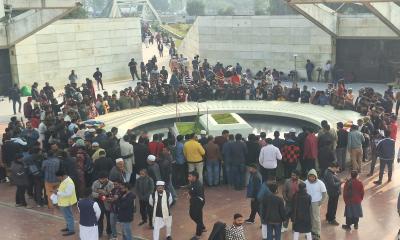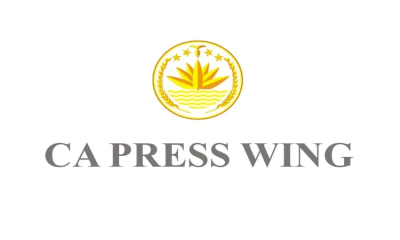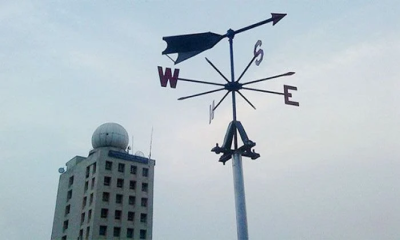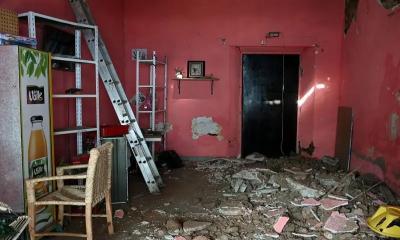Dhaka recorded a fall in air pollution with its air quality index (AQI) hitting 225 around 9am on Monday.
The densely populated capital of Bangladesh has, in fact, been ranked second-most polluted in the latest list of world cities with the worst air quality being categorised as 'very unhealthy'.
When air quality is in this 'very unhealthy' range, it is expected that there will be widespread effects among the general population and more serious effects in members of sensitive groups.
Meanwhile, Pakistan’s Lahore occupied the first spot with a score of 321 which is classified as ‘Hazardous’.
Air quality in this ‘hazardous’ range triggers health warnings of emergency conditions by media outlets.
China’s Wuhan occupied the third spot with a score of 220 which is 'very unhealthy'.
AQI, an index for reporting daily air quality, is used by government agencies to inform people how clean or polluted the air of a certain city is, and what associated health effects might be a concern for them.
In Bangladesh, the AQI is based on five criteria pollutants -- Particulate Matter (PM10 and PM2.5), NO2, CO, SO2 and Ozone.
Dhaka has long been grappling with air pollution issues. Its air quality usually turns unhealthy during winter and improves during monsoon.
However, last week, Dhaka’s air quality slightly improved with a score of 75 ranking 40th worst in the Air Quality Index (AQI) due to rains triggered by the depression in the Bay of Bengal on December 6.
Air pollution consistently ranks among the top risk factors for death and disability worldwide. Breathing polluted air has long been recognised as increasing a person’s chances of developing heart disease, chronic respiratory diseases, lung infections and cancer, according to several studies.
As per the World Health Organisation (WHO), air pollution kills an estimated seven million people worldwide every year, largely as a result of increased mortality from stroke, heart disease, chronic obstructive pulmonary disease, lung cancer and acute respiratory infections.












-20260107111805.webp)




-20260107070753.jpeg)

-(2)-20260102070806.jpeg)


-(25)-20251122062715-20260105041159.jpeg)








-20260103102222.webp)

